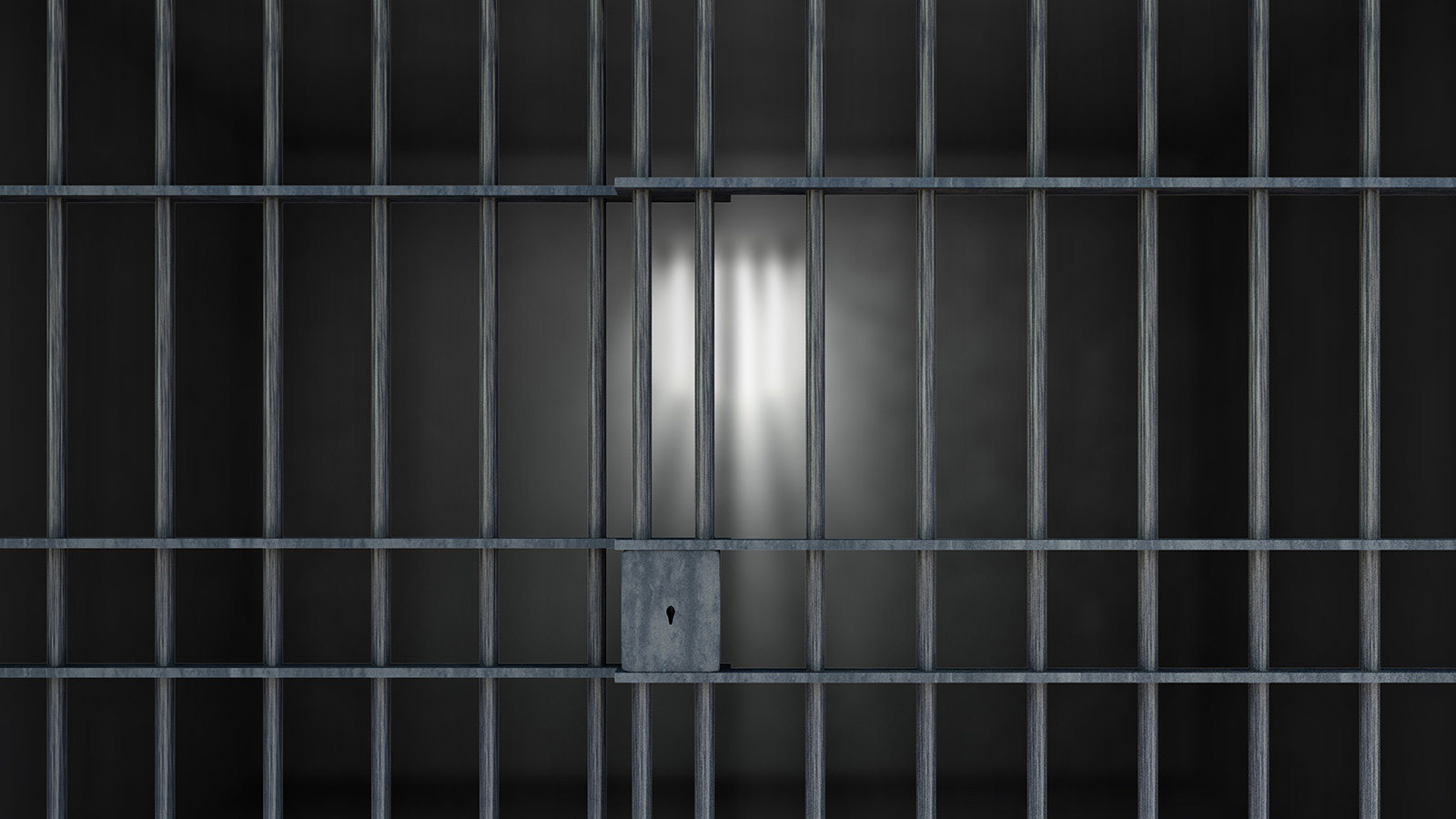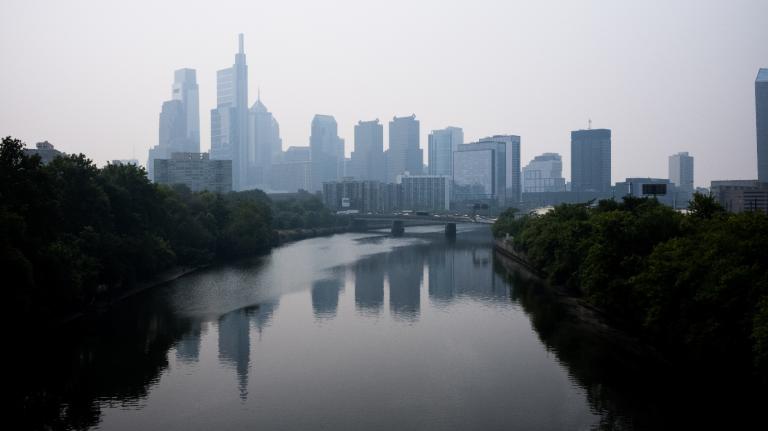In the aftermath of Hurricane Katrina, guards fled the Orleans Parish Prison, leaving the people incarcerated trapped behind. Locked in their cells, people in the prison went without food, water, or ventilation for days, according to a report from the ACLU. As the power went out, the flooding resulted in some trapped in sewage water reaching as high as their chests.
“The prisoners inside the Orleans Parish Prison suffered some of the worst horrors of Hurricane Katrina,” ACLU staff attorney of the National Prison Project Eric Balaban said. The full account of the experiences were not publicly known until a year after the storm, when ACLU released the report, titled “Abandoned and Abused.” The findings were a harrowing reminder of the lack of concern for people behind bars during an environmental disaster. However, if the current lack of preparation is any measure, the terrible experience of people incarcerated during Hurricane Katrina will not be the last horror story.
Take Utah’s planned 4,000-bed state prison.
The larger of the two Utah state prisons is currently located in Draper, Utah. Often coined “Draper Prison,” it’s known for its crumbling infrastructure and outdated facilities. For years, Utah had been considering either relocating the state prison or rebuilding it in Draper. They eventually chose to relocate it. Draper, which used to be a rural area, has turned into a suburb with land that is now more valuable.
With the choice of over 30 different sites to build the prison, Utah’s Prison Relocation Committee narrowed it down to one at the end of the summer. The site they chose, which was then approved by the governor, is located just west of the Salt Lake City airport. Lawmakers plan to buy the land in early 2016.
But the chosen location comes with a host of issues — including environmental hazards that may end up affecting the population placed in the prison. The property is bordered by one hazardous waste landfill and adjacent to another — neither of which has been fully tested for the extent of possible toxins. Twenty-five percent of the site consists of wetlands and 74 percent of the site has “limited soils.” The location was picked despite the fact that it had lower environmental scores on site screenings than many of the other sites.
Last year, the Salt Lake City Department of Public Utilities and the Mayor’s Office wrote a letter detailing their concerns with the proposed prison location. The letter noted that the location would be at risk of groundwater contamination, flooding, and serious damage during earthquakes. The landfill adjacent to the site location has a leachate plume — meaning chemicals from the landfill have seeped into the groundwater beneath it. From the letter:
The proposed access for any buried utilities will go through the landfill site and create preferential pathways for migration and spread of the contaminated plume. Furthermore, high groundwater levels in this area mean that any excavation or dewatering of the [prison] site would inevitably draw water and environmental contaminants from the old landfill property onto the [prison] site.
Given that the planned location is 25 percent wetlands, they will have to dewater the site. The prison site currently doesn’t have any access to a sewer system or water supply — and building one puts the water supply in grave danger of being contaminated by the landfill’s plume. When the prison is built, it could join other prisons such as Mississippi’s Parchman prison and Pennsylvania’s SCI Fayette and SCI Albion where the captive population often does not have access to potable water. The spread of the contaminated plume wouldn’t just affect the water supply for the prison but also wetlands and water further north and areas that are a habitat for a number of endangered species.
Yet, the future Utah state prison’s environmental problems don’t stop at the landfill. A good chunk of Salt Lake City, including the prison site, has liquified soil. During an earthquake, liquefied soil can break down and run like liquid, causing buildings and structures to tilt, sink, or fall. With its last huge earthquake in 1909, Utah is at risk of another large one. In the event of an earthquake, a prison population would be at an even greater risk than the general population because of their inability to move freely and the likelihood that some — if not all — will be locked in their cells at the time.
Hurricane Katrina is far from the only example of prisoners being unaccounted for during environmental disasters. State prisons and local jails across the country have come under fire for not having evacuation plans. In 2014, after a 10,000 gallon chemical spill in the Elk River in West Virginia, people incarcerated in the South Central Regional Jail said that “jail staff and administration not only failed to provide clean water and humane treatment to inmates during the water crisis, but also punished those who sought clean water and medical attention.”
State officials, construction experts, and consultants have discussed mitigating the environmental issues during the building process for the Utah prison. Still, it’s possible that 10 or 20 years from now, we’ll look back and notice the warning signs of a large environmental disaster occurring at a Utah state prison.



